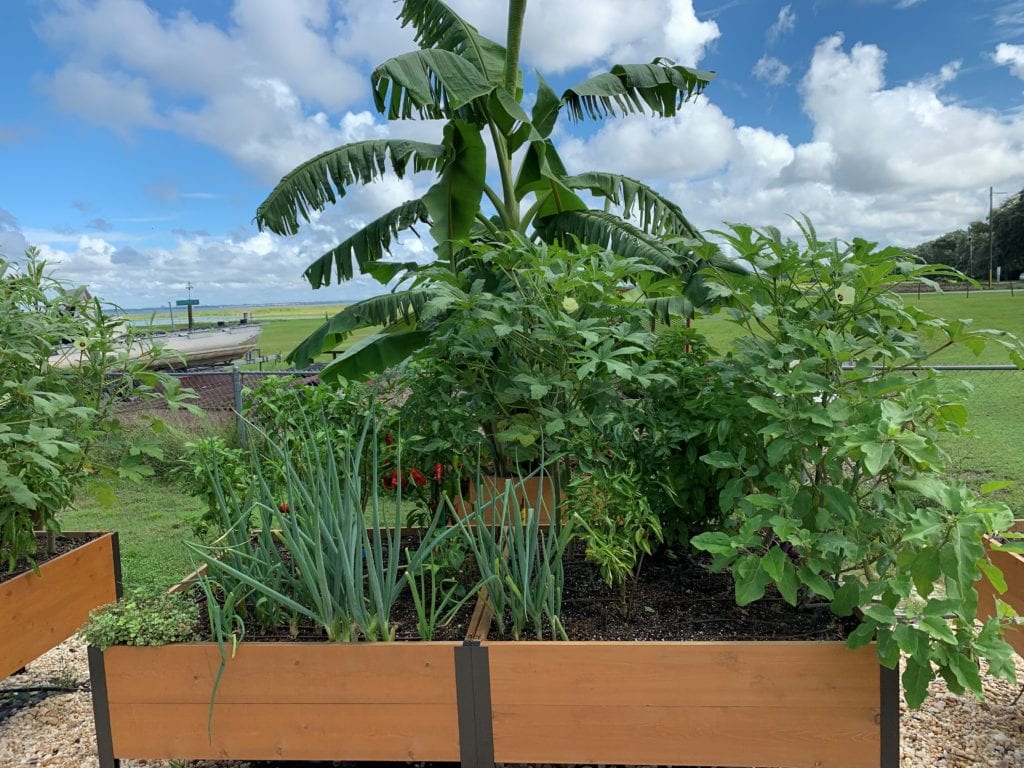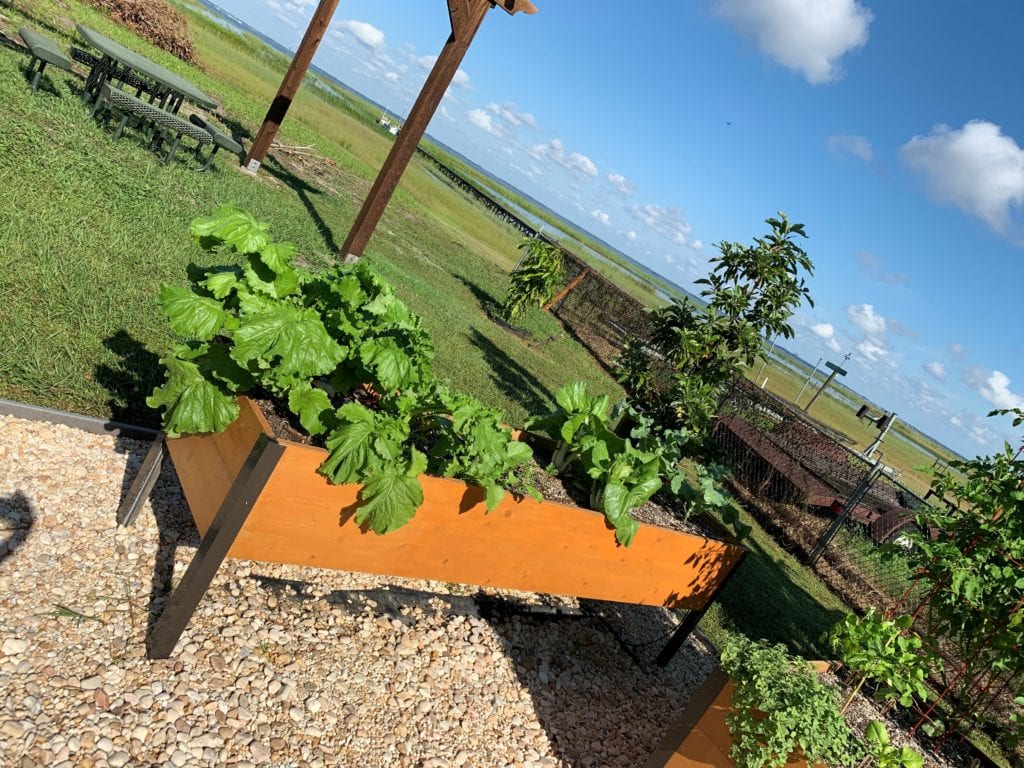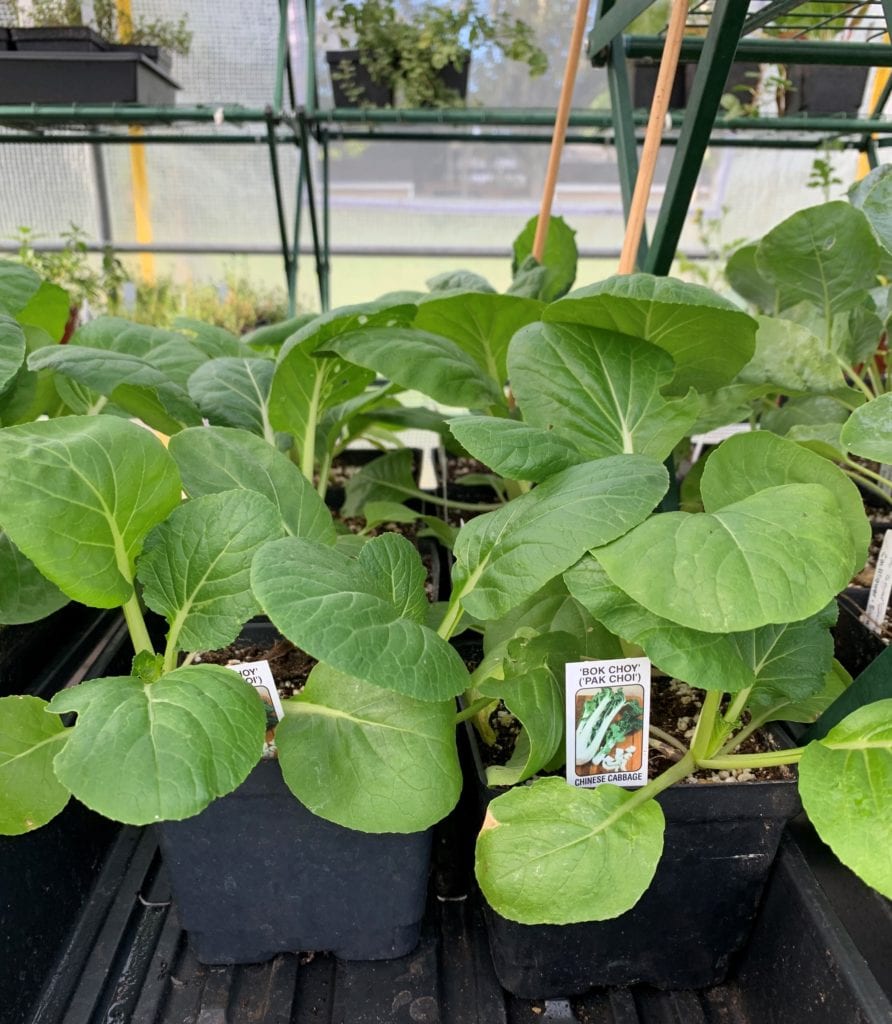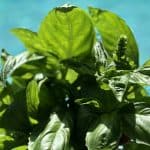There are so many vegetable plants that are thriving out in the garden right now. If you planted your fall garden in September or the beginning of October, your garden should now be in full bloom!
The tomatoes are flowering, and buds are blooming. We are just about to get our first harvest of fresh, organic vegetables. The greens and herbs have already been producing for weeks, but it can be hard to keep the continuous supply going in the garden. So, how do you make sure you have enough continuous yield of lettuce, kale, and other greens all season long?

The key is to do succession planting. With succession planting, you are planning for the full season and planting your starter plants and seeds accordingly. For example, let’s take heads of romaine and buttercrunch lettuce. There are four heads of lettuce per square foot. First, we ask ourselves: How many heads of lettuce do I want to have each week? If the answer is four, you must plant four starter plants of lettuce and four seeds in the first week. Then, in the following weeks, plant four more heads each week until you have completed four square feet of planting.
Once you get your harvest from those first starter plants, each week you will be able to continuously harvest four more heads of lettuce. Every week you harvest, plant four more seeds. This process of succession planting will provide a continuous harvest of four heads of lettuce every four weeks. Succession planting works for carrots, turnips, radishes, and anything else that you’ll continuously harvest from the garden throughout the season.
You should also think about round two for some of your one-and-done vegetables, like cauliflower, broccoli, and broccolini. It usually takes 8-12 weeks to get the harvest from these veggies. In a warm Florida winter, we can grow from September through February during some years. When the season is that long, the second round of veggies can be planted in the beginning of December, so be prepared with more plants and seeds.
It is also important to fertilize regularly. As the plants grow and mature, track the levels of nitrogen, phosphorus, and potassium as well as your micronutrients, like calcium and magnesium, to make sure the plants in your garden are getting exactly what they need.

Don’t forget to fertilize as directed on the package, and keep in mind that, as all of the plants are growing tall for the season, they utilize a lot of nitrogen from the garden in the first two months. Sometimes, you don’t even need to use a complete fertilizing treatment if the garden is just low in nitrogen. If everything growing in the garden has stalled and plants are looking less green, it’s a clue that the garden is low in nitrogen. Adding organic blood meal or ground alfalfa can give the garden a good nitrogen boost.
New seasonal growth never ceases to amaze me, especially when I walk out into the garden three weeks after planting and it has gone from small, starter plants to a lush and thriving garden.
Bok choy is a dynamic fall vegetable that is used in many Asian recipes; it grows in abundance. Bok choy has a sturdy stalk, like celery, and a leafy green that’s a mix between spinach and kale. Bok choy is special because even when it is sautéed, the stalk retains its crunch and holds onto the flavor of anything it’s cooked or marinated with.

Right now, my favorite recipe for bok choy is to sauté some olive oil, garlic, ginger, and sesame seeds just until light brown; then, add the chopped stalks of the bok choy and let it cook for several minutes with 4-6 tablespoons of teriyaki. Finally, let that simmer until the desired tenderness and add the chopped greens at the end for just a minute or two. Add some quinoa or orzo and make it a meal.
Happy fall gardening!
Amber Harmon is the owner of My Nona’s Garden, where they sell and service low-maintenance, elevated, organic vegetable gardens. Their mission is to bring health, promote growth, and provide vegetable gardening education to local communities, one garden at a time.
Visit www.MyNonasGarden.com for more information.
“We make organic vegetable gardening easy!”


